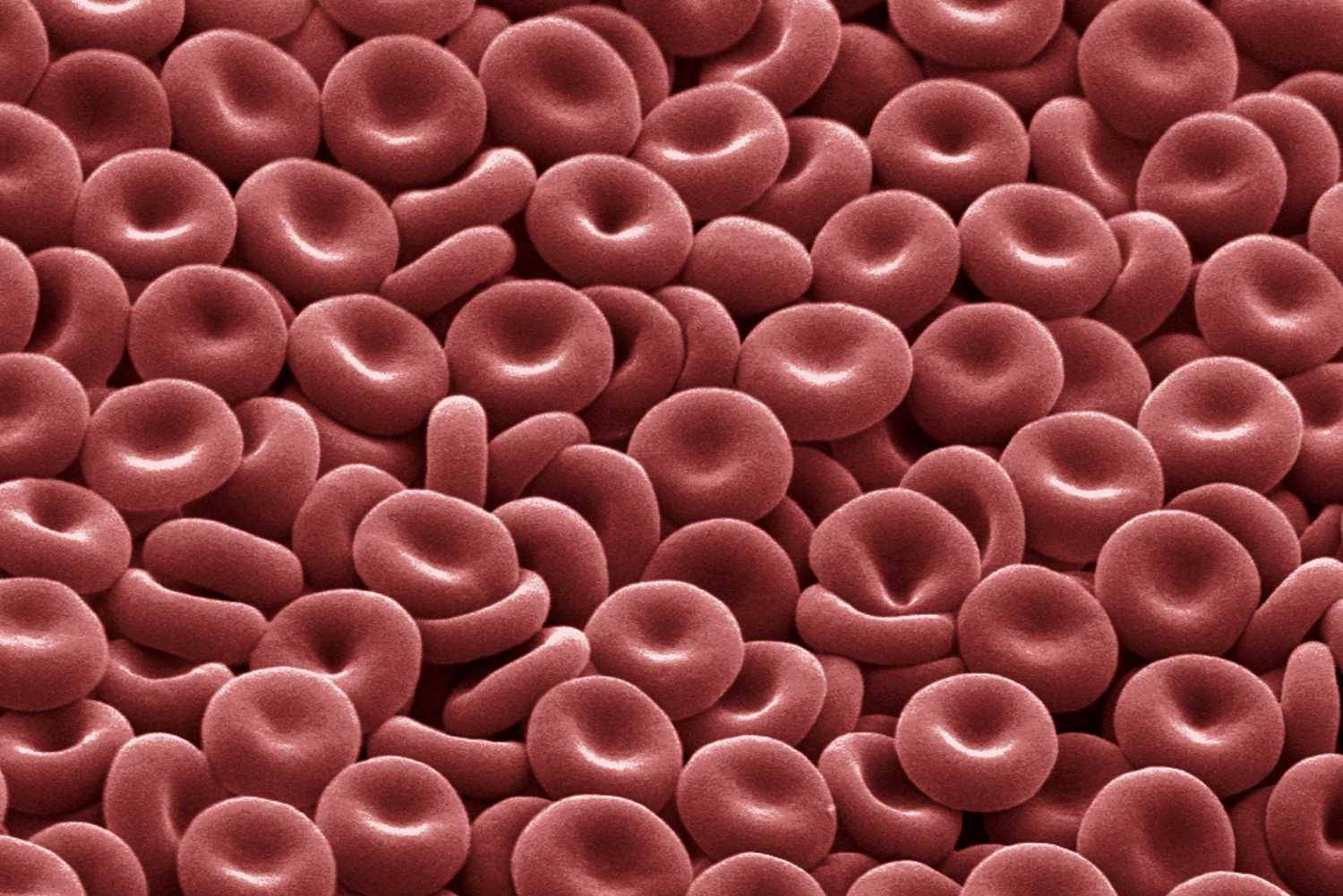The average human adult has more than 5 liters (6 quarts) of blood in their body. Blood carries oxygen and nutrients to living cells and removes their waste products. It also supplies immune cells to fight infection and contains platelets, which can complement a damaged blood vessel to prevent blood loss.
Through the circulatory system, the blood adapts to the needs of the organism. When you exercise, your heart pumps harder and faster to deliver more blood, and therefore oxygen, to your muscles.During an infection, the blood carries more immune cells to the site of infection, where they pool to fight off harmful invaders.
All these functions make blood a precious liquid. Each year in the United States, 30 million units of blood components are transfused to patients who need them. Blood is considered so precious that it is also called "red gold" because the cells and proteins it contains can be sold for more than the same weight in gold.
Every second, 2 to 3 million red blood cells are produced in the bone marrow and released into the circulatory system.Red blood cells, also known as erythrocytes, are the most common type of cell in the blood, and every cubic millimeter of blood contains between 4 and 6 million cells. With a diameter of only 6 µm, red blood cells are small enough to pass through the smallest of blood vessels. They circulate in the body for up to 120 days, at which time old or damaged red blood cells are removed from the circulation by specialized cells (macrophages)
in the spleen and liver.
In humans, as in all mammals, mature red blood cells lack a nucleus. This gives the cell more room to store hemoglobin, the protein that binds oxygen, allowing red blood cells to carry more oxygen.Red blood cells also have a biconcave shape; this form increases their surface area for the diffusion of oxygen across their surfaces. In non-mammalian vertebrates, such as birds and fish, mature red blood cells have a nucleus.


